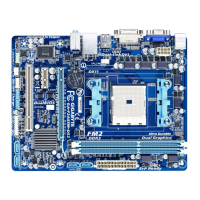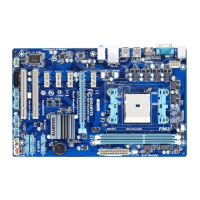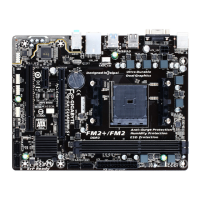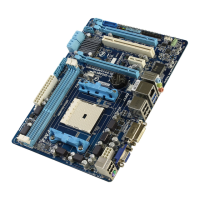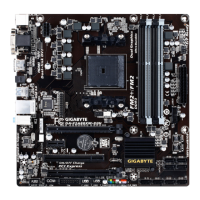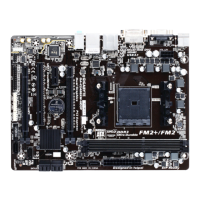- 29 -
Steps:
1. Under the RAID Mode section, press the <SPACE> key to select RAID 0.
2. Set the Stripe Block size. 64 KB is the default.
3. Under the Drives Assignments section, press the up or down arrow key to highlight a drive.
4. Press the <SPACE> key or <Y> to change the Assignment option to Y. This action adds the drive to the
disk array. The Total Drv section will show the number of disks assigned.
5. Press <Ctrl>+<Y> keys to save the information. Press <Ctrl>+<Y> to input the array name. If you do not input
the array name, the default array name will be used.
6. When the message appears, press <Ctrl>+<Y> to clear the MBR or press other keys to ignore this option.
7. Press <Ctrl>+<Y> to set the capacity of the RAID array or press other keys to set the array to its maximum
capacity.
8. After the creation is complete, the screen will return to LD View Menu where you will see the newly-created
array.
9. Press <Esc> to return to Main Menu and press <Esc> again if you want to exit the RAID BIOS utility.
Making a SATA RAID/AHCI Driver Diskette
Before installing Windows XP, connect a USB oppy disk drive to your computer rst because you need to install
the SATA RAID/AHCI driver from a oppy disk that contains the driver during the OS installation. To copy the
RAID/AHCI driver for Windows XP, copy all les in the \BootDrv\Hxp folder in the motherboard driver disk to
your oppy disk. To install Windows 8/7/Vista, you also need to install the SATA RAID/AHCI driver during the
OS installation. To copy the RAID/AHCI driver for Windows 8, copy the whole Hw8 folder under the BootDrv
folder in the motherboard driver disk to a USB ash drive.
Installing the SATA RAID/AHCI Driver and Operating System
A. Installing Windows XP
Restart your system to boot from the Windows XP setup disk and press <F6> as soon as you see the message
"Press F6 if you need to install a 3rd party SCSI or RAID driver." Insert the oppy disk containing the SATA
RAID/AHCI driver. Follow the on-screen instructions to install the driver that suits your operating system. After
the driver installation, you can proceed with the Windows XP installation.
B. Installing Windows 8/7/Vista
(The following instructions use Windows 8 as the example operating system.)
Boot from the Windows 8 setup disk and perform standard OS installation steps. When the screen requesting
you to load the driver appears, select Browse. Then browse to the USB ash drive that contains the driver and
select the location of the driver. The locations of the drivers are as follows:
RAID driver for Windows 8 32-bit: Hw8\RAID\x86
RAID driver for Windows 8 64-bit: Hw8\RAID\x64
AHCI driver for Windows 8 32-bit: Hw8\AHCI\W8
AHCI driver for Windows 8 64-bit: Hw8\AHCI\W864A
After loading the driver, continue the OS installation.
• Before installing the drivers, rst install the operating system. (The following instructions use
Windows 8 as the example operating system.)
• After installing the operating system, insert the motherboard driver disk into your optical drive. Click
on the message "Tap to choose what happens with this disc" on the top-right corner of the screen
and select "Run Run.exe." (Or go to My Computer, double-click the optical drive and execute the
Run.exe program.)
After inserting the driver disk, "Xpress Install" will automatically scan your system and then list all the drivers that
are recommended to install. You can click the Install All button and "Xpress Install" will install all the recommended
drivers. Or click Install Single Items to manually select the drivers you wish to install.
3-2 Drivers Installation
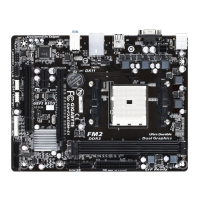
